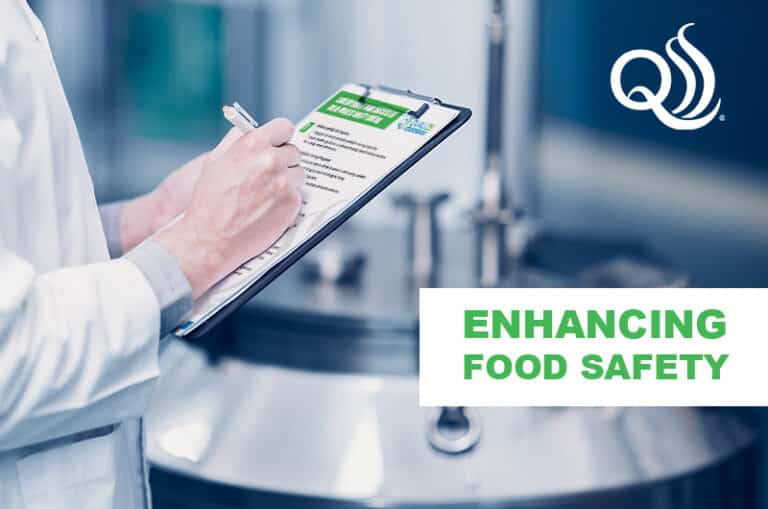The Importance of a Fruit Juice HACCP Plan in Juice Production
Ensuring the quality and safety of beverages and fruit juices is a top priority for producers, given the risks and hazards associated with contamination. A comprehensive fruit juice Hazard Analysis Critical Control Point (HACCP) plan is essential for identifying and controlling hazards that could compromise product safety. This blog explores the critical role of a…













